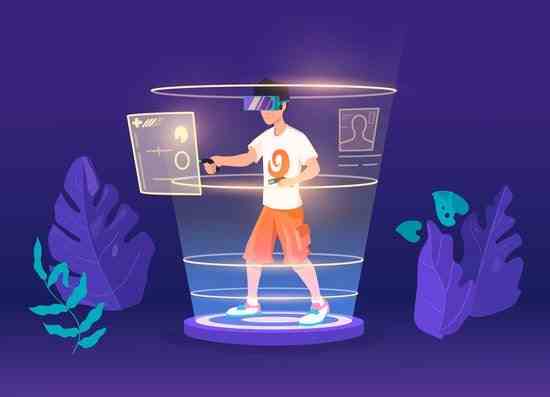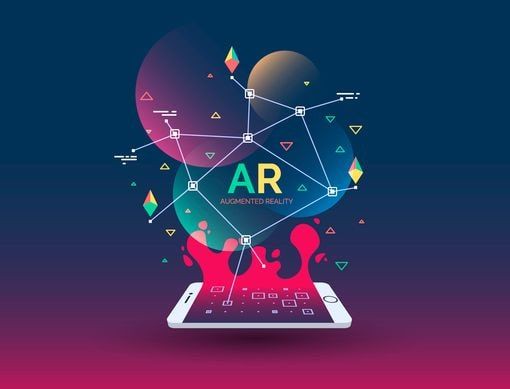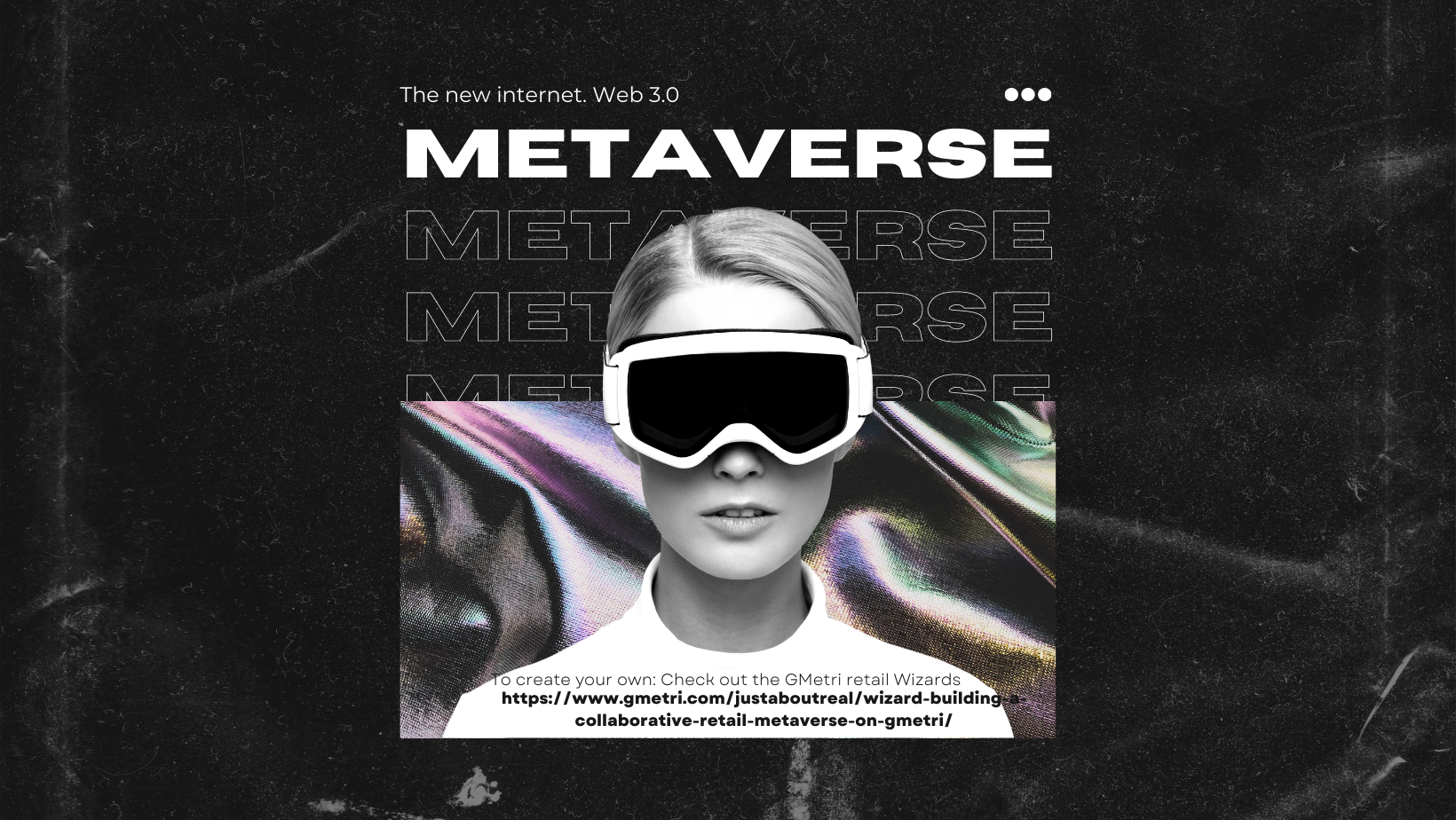Many people are not familiar with XR (Extended Reality) the way they are with AR (Augmented Reality) and VR (Virtual Reality). As far back as 2010, Palmer Luckey created the first VR headset prototype. This development kick-started the excitement around this technology. Several thoughts and perceptions about XR are floating around given its recent emergence; thus, let us know what XR is and what it isn’t.
Before the buzz around VR, innovation had never really taken shape, even though it’s been around as far back as the 1950s. AR has been in the offing for several decades as well. But today, many big tech names such as Google, Sony, Facebook, HTC, and numerous others have embraced these technologies. GMetri is making its mark in integrating AR and VR innovations in different sectors by providing excellent solutions with a competitive edge.
The recent buzz for VR, AR, and the emergence of Mixed Reality (MR) is what popularized XR. It is common for those new to XR to imagine that it is one of these “other” realities. However, XR is not a concept or technology on its own.
On the contrary, it is used as a collective reference for VR, AR, and MR. The “X” in the acronym is a variable that could represent any letter. It also means that reality is an extension of the real world. Assuming a new reality different from VR, AR, and MR will also fall under the XR umbrella. In other words, sometimes, when XR is mentioned, it could be VR, AR, MR, or all three as a collective. The implication is that the term’s meaning depends on context.

What is Virtual Reality (VR)
VR refers to computer technology to create a simulated three-dimensional environment that reflects some form of reality through electronic devices. The standard instrument used to create VR is a particular goggle with a screen fitted with special sensors. These goggles are sometimes referred to as Head-mounted Devices (HDM). This is different from the traditional user interface because it situates the user right within the experience.
Therefore, one can refer to the use of VR as experiential without having to leave reality. The exciting thing about VR is that all the human senses, such as touch, vision, hearing, smell, and taste, can be simulated. VR is already being used in almost all industries: tourism, healthcare, gambling, learning and development, entertainment, real estate, and architecture, to mention a few.

What is Augmented Reality (AR)
AR has similarities with VR, but it isn’t the same thing. Unlike VR, reality does not conjure up. On the contrary, AR enhances parts of a user’s experience using technology and combines virtual and real life.
For instance, a little over a year ago, Gucci introduced an AR feature to its app that allows potential shoppers to try on its sneakers. All the shoppers have to do is point their phones down towards their feet, and the technology simulates the shoes on their feet, helping shoppers with their decision.
Unlike VR, which requires specialized goggles or headwear, AR is operational mainly through mobile phones or similar devices. Top guns and spirited startups in education, manufacturing, gaming, retail, healthcare, automotive, and military have started integrating AR into their activities. GMetri’s VR and AR interventions in HR are also good reference points.

What is Mixed Reality (MR)
MR refers to blending some aspects of VR and AR to create a new user experience. What this means is a creation of a virtual world that requires users to have some form of physical involvement in the real world.
With MR, you have one leg in the real world and the other in the virtual world. Through sensing and imaging technologies, users move parts of their bodies to interact with items in the virtual world. This technology is one of the proofs that a fusion of computers and humans for the desired solution is no longer in the distant future. MR is, therefore, a lot more interactive than VR and AR.
One good illustration for MR is Microsoft’s Hololens, a holographic computer device that projects holograms. The holograms projected can be interacted with and manipulated as if they are in one’s physical environment. MR technology has already been used in the military, education, retail, gaming, healthcare, etc.
By and large, what is Extended Reality (XR)?
XR is not a reality of its own. On the contrary, it is an umbrella or generic reference for AR, VR, and MR. Perhaps, it can be described as another kind of reality enhancement or recreation that could be developed in the future. It will also be categorized as XR.
This piece has attempted to explain what XR is and what it isn’t by explaining all the types of technologically-driven realities under it. Through GMetri, you can access qualitative XR solutions for your businesses. GMetri provides an XR-based Metaverse platform intending to redefine experiences. Start the journey today; you can request a callback here.







